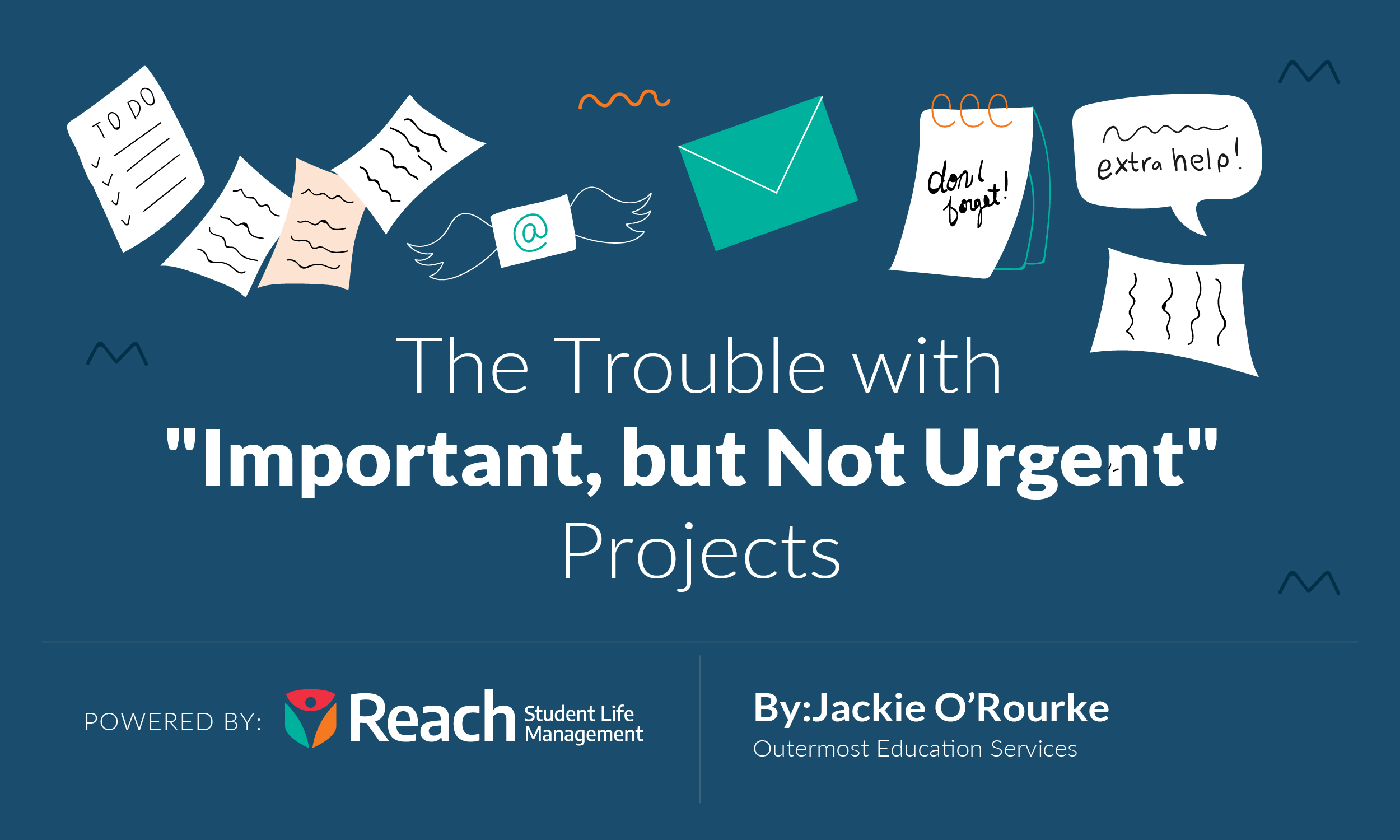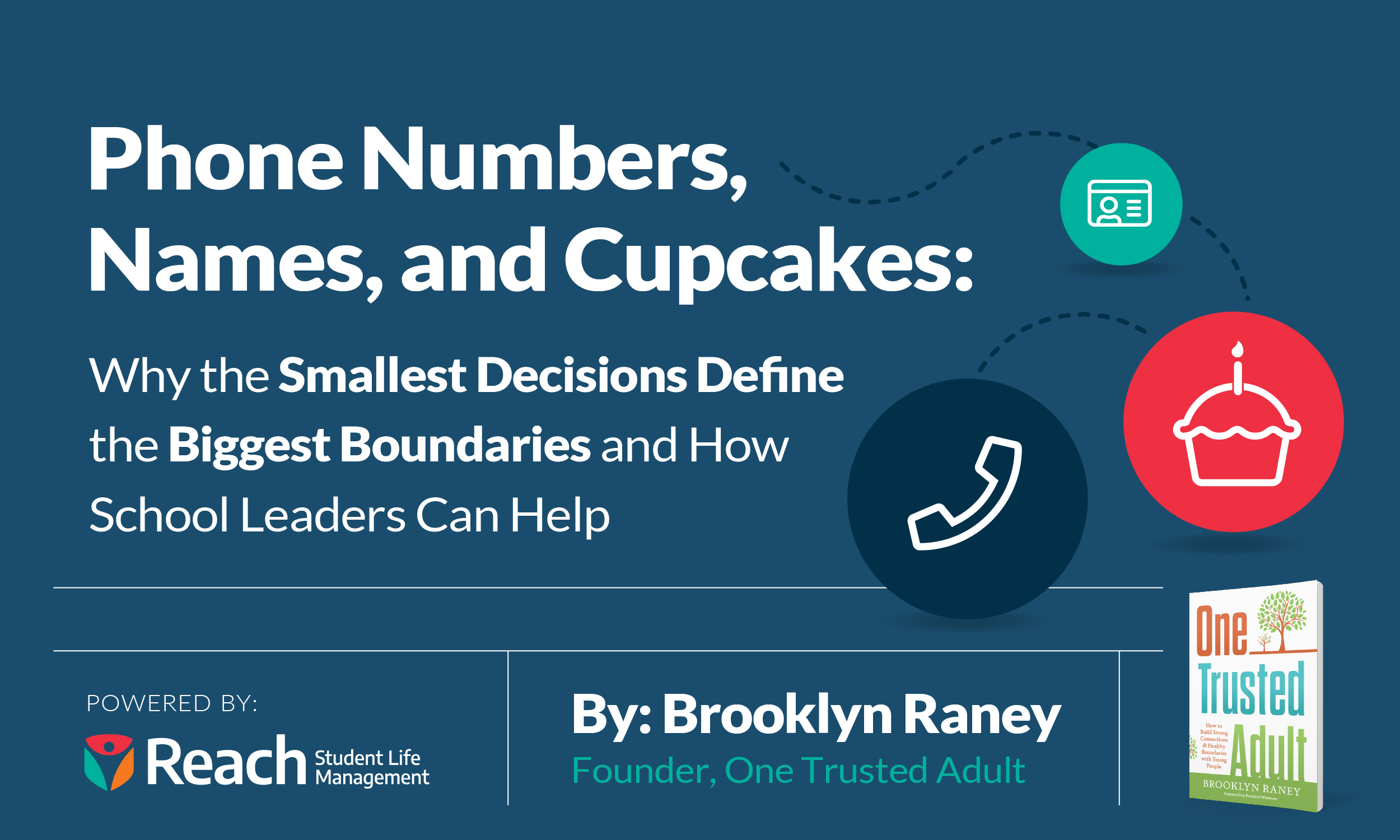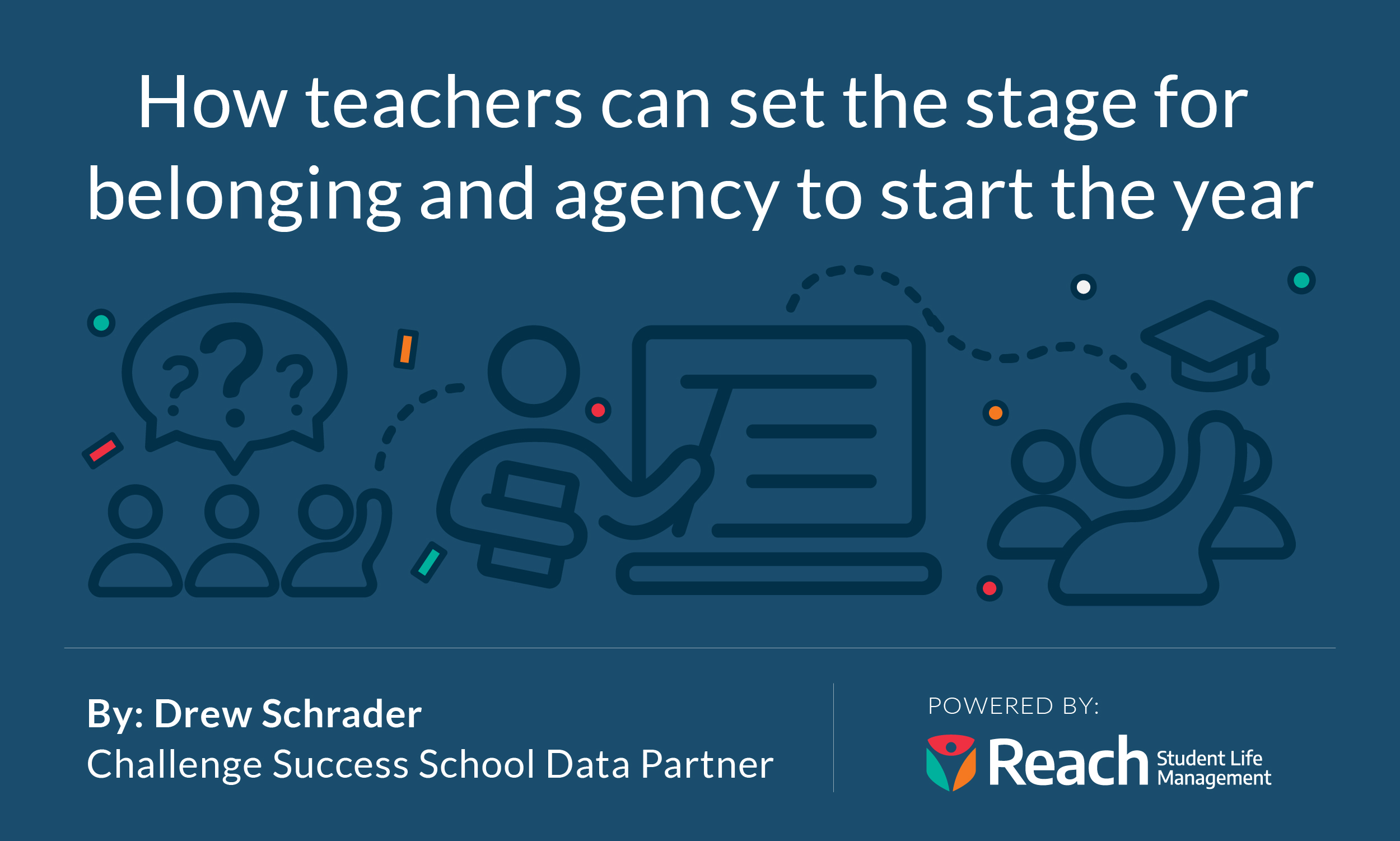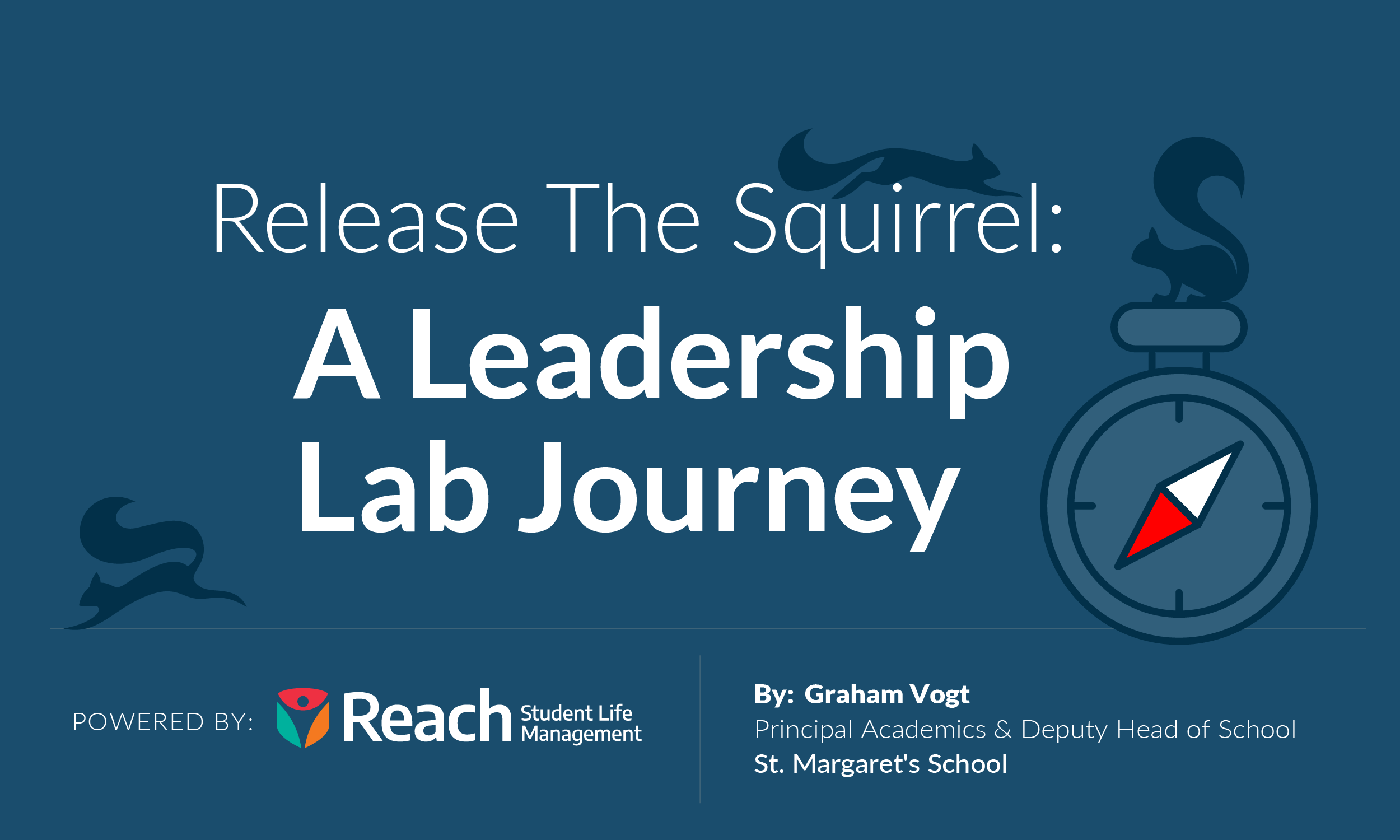
Readers are probably familiar with The Eisenhower Matrix. It’s a decision-making tool and something I have found helpful both with actual decision-making and in putting language around the work that other people have at times decided I need to do on their timeline.
I spend a lot of time thinking about that “Important, but Not Urgent” quadrant (the yellow one, in the above illustration). It was that work that often felt hard to get to as a Dean, that piled up on my desk (literally and metaphorically), and that was, in some part, a driving force behind the creation of OES. In schools, (and I have to assume in other industries as well) that important work might have far-reaching implications. It might shift policies or practices, require a restructuring of an organization chart, or address an element of school culture. Those strategic priorities hold weight, and yet the actual work can sometimes sit in stasis for months or even years.
Why?
Well, at least in the working world that I know (boarding schools), there are always other forces with which a dean, director, head of school, or other strategic manager has to contend.
- I really need to work on handbook revisions, but my advisee had an awful morning and is now in my office in a full-blown anxiety attack.
- Orientation has to get restructured, but first I need to go teach my afternoon class, head to a leadership team meeting, then get to practice. Maybe I can come back to the office after dinner if my family is ok without me tonight.
- It’s going to be so helpful to have an assistant dean next year! I just need to get that job description ready so I can get the head to sign off and then hopefully it gets posted in time to find someone great. Oops, late for school meeting!
The same roles charged with the strategic development of the schools are typically also logistics managers with a multitude of responsibilities (both known and unpredictable) every day of the week.
So when does this work happen? For many, it’s falling increasingly on the summer. Just as those colleagues are most in need of a break – a complete and total break from doing and thinking about the work of school – they are tasked with finally getting around to that important but not urgent work.
By then, it may have actually become urgent work. There has to be a plan for orientation. A final version of the next year’s handbook needs to get sent out. That new advising curriculum needs guidance for implementation, and the advisors needed it yesterday. While the summer may be a quieter time with fewer interruptions, it can also mean working in isolation. With most colleagues away or off-duty, deans, directors, and heads have fewer colleagues with whom they can bounce ideas off, gather feedback, or ask for help. More time, but less support.
I can’t speak for everyone here, but I know this was my experience. And did I make it work? Well, yes, mostly. But I can look back now and see the ways that I could have been better if I had focused time, intentional support, and other people thinking through the same problems at the same time.
That’s why we’ve just rolled out our first Strategic Work Retreat. The idea is to bring together people with similar roles under the Student Life umbrella, working on similar strategic priorities. The cohort exists to support each other through resource sharing, group ideation, feedback opportunities, and expanding networks beyond the small group. The coaches exist to keep the group moving forward, to help individuals work through their school-specific challenges, and to be a source of knowledge, support, and accountability even beyond the retreat.
The most important part, in my eyes, is the gathering – the getting together in a room and physically sharing the time and space needed for strategic work. Our phones will be off. Email tabs closed. Colleagues back on campus put on notice that we are OUT OF TOUCH. We’re in the remote wilderness and you’ll just have to handle things on campus without us.
This leaving is also, for many, the most challenging part. For the same reason, it’s hard to get set aside time for the work while on campus. These roles are structured with so many layers and rarely enough redundancy that deans, directors, assistant heads, and other leaders might feel like they cannot leave. School cannot run without them. They are the only ones who can handle problems X, Y, and Z. If that’s true, there’s a larger problem brewing in the institution. If it’s a personally held perception, that’s a whole new conversation for us to have (and a great one to have with a coach!).




